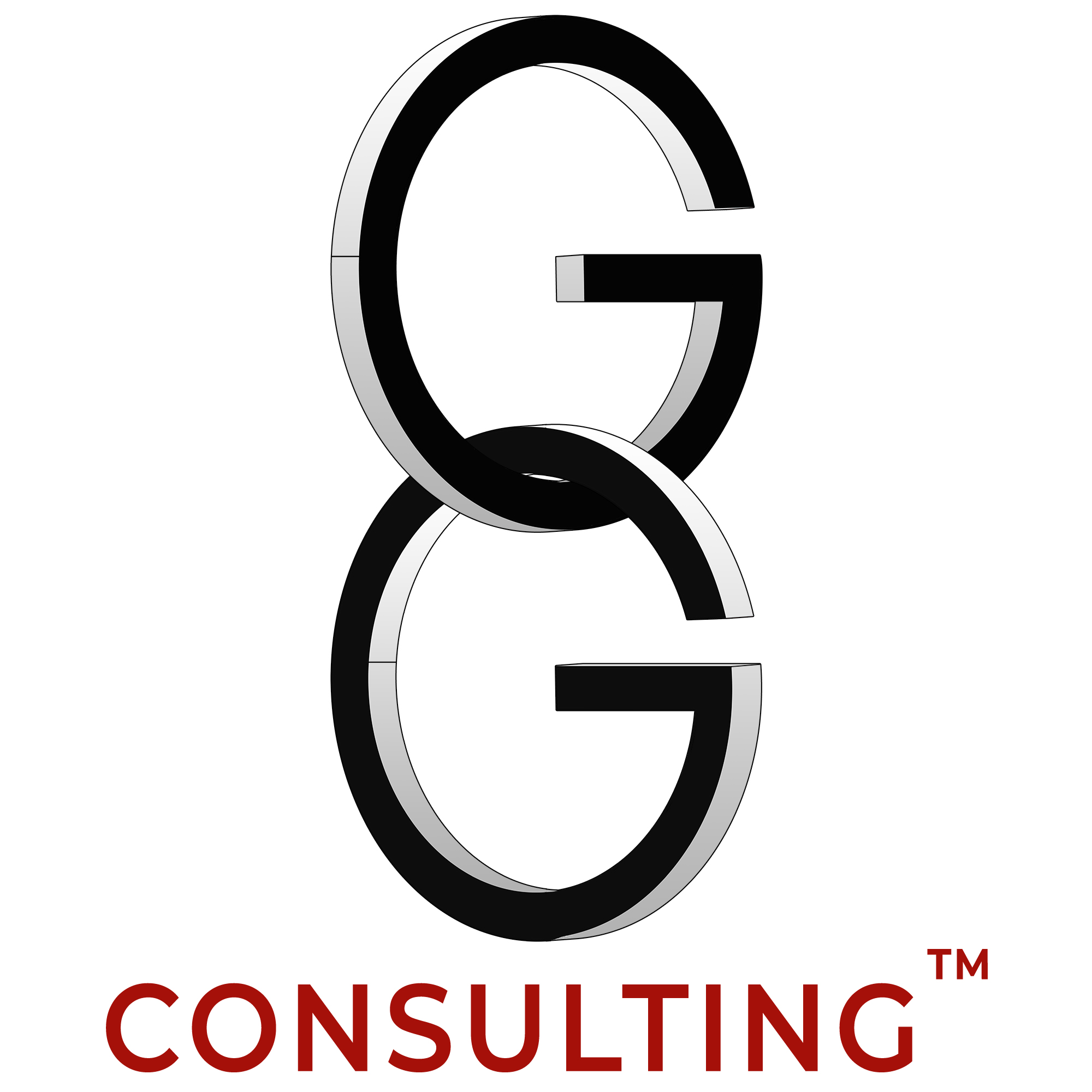The Effective Organizational Structure for SMEs

Here are some useful guidelines to follow in order to structure a business well …
Premise
Small and Medium-sized Italian Enterprises have always represented a “flagship” for our country, knowing how to combine the High Quality of the Products-Services offered with an expert “knowledge”, which is often handed down from generation to generation, and which remains a great distinctive competence, difficult to imitate even abroad. In the same way, however, many SMEs are “deficient” from the “organizational” point of view, as there is very often a “confusion” of roles and tasks, often centralized in the figure of the entrepreneur himself.
“Common” characteristics of the Organizational Structures of SMEs
Most of the SMEs in our country have very similar similarities: they often do not have an “Organization chart” or “Function chart” (ie the scheme that graphically represents the distribution of roles associated with company subjects), nor of “Procedures” (or the description of the business processes). All this represents a “gap” towards larger and more structured companies, as as the SME grows in size (not only in terms of turnover but also in terms of production areas and personnel) it becomes very difficult to assign “tasks” and identify “responsibility”, with the result that there is considerable loss of time, conflicts between the top management of the company and workers, as well as a “plastering” of the entire organization.
The Effective Organizational Structure for SMEs
It is therefore of particular importance for the entrepreneurial entity to create an “organizational structure” that is able to support him and to achieve the objectives established in the Business Strategy, in a word: “effective”. To do this, it is essential for the entrepreneur to identify the “people” of his trust and reference, to whom he can delegate part of his decision-making power and entrust them with the responsibility of organizing themselves in full autonomy. In fact, they will have the task of “choosing the team” of their collaborators and of structuring their department, delegating in turn “downstream” (towards other operational subjects) part of their corporate responsibility.
Conclusions
The degree of analyticity of the “organizational” processes, in order to be truly “effective“, must always be related to the size of the company, avoiding “burdening” the company, where the need arises.
In this regard, G&G Consulting offers a “free” Organizational Check-Up, aimed at assessing whether the company fulfills the requirement of “effectiveness” of its organizational structure, offering the analysis of roles within the range of its services, of the existing company functions and procedures and elaborating, where necessary, also Organization chart, Function chart, Process Mapping and Preparation of the Procedures Manual.
